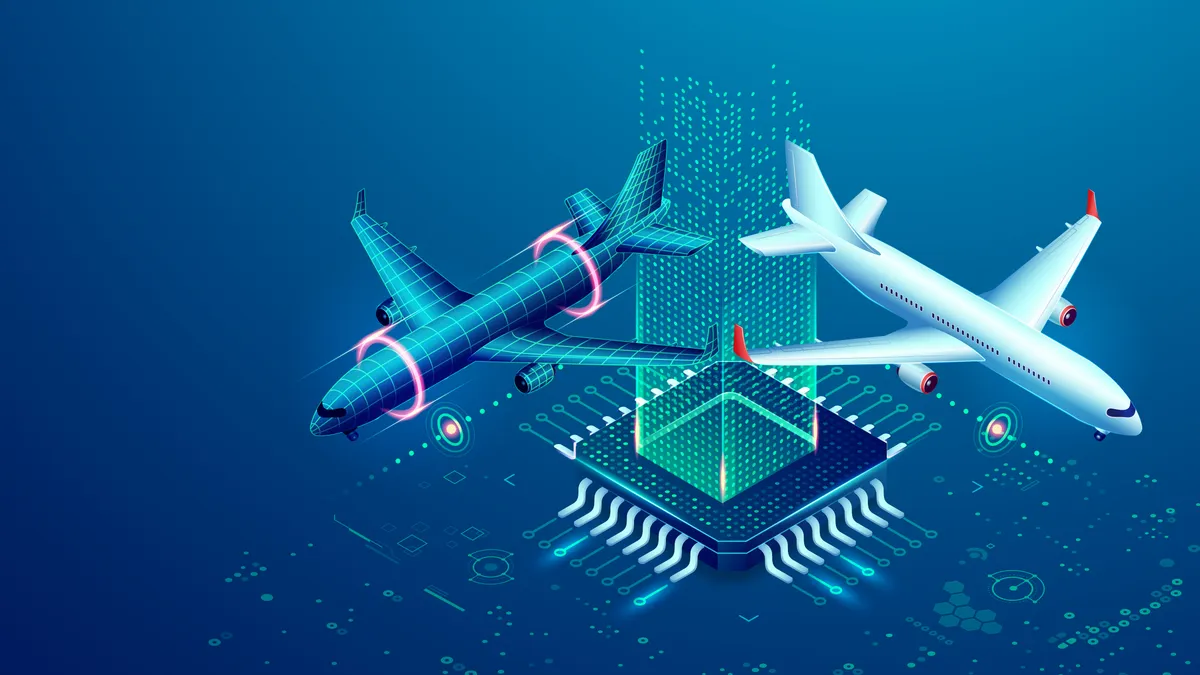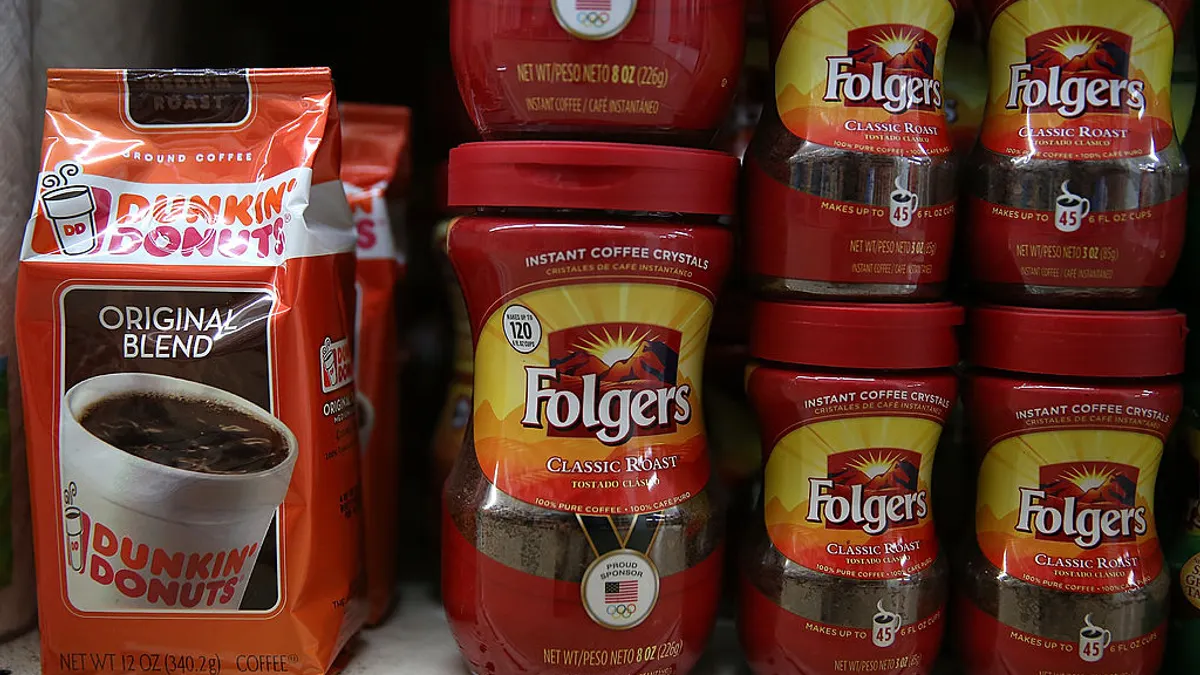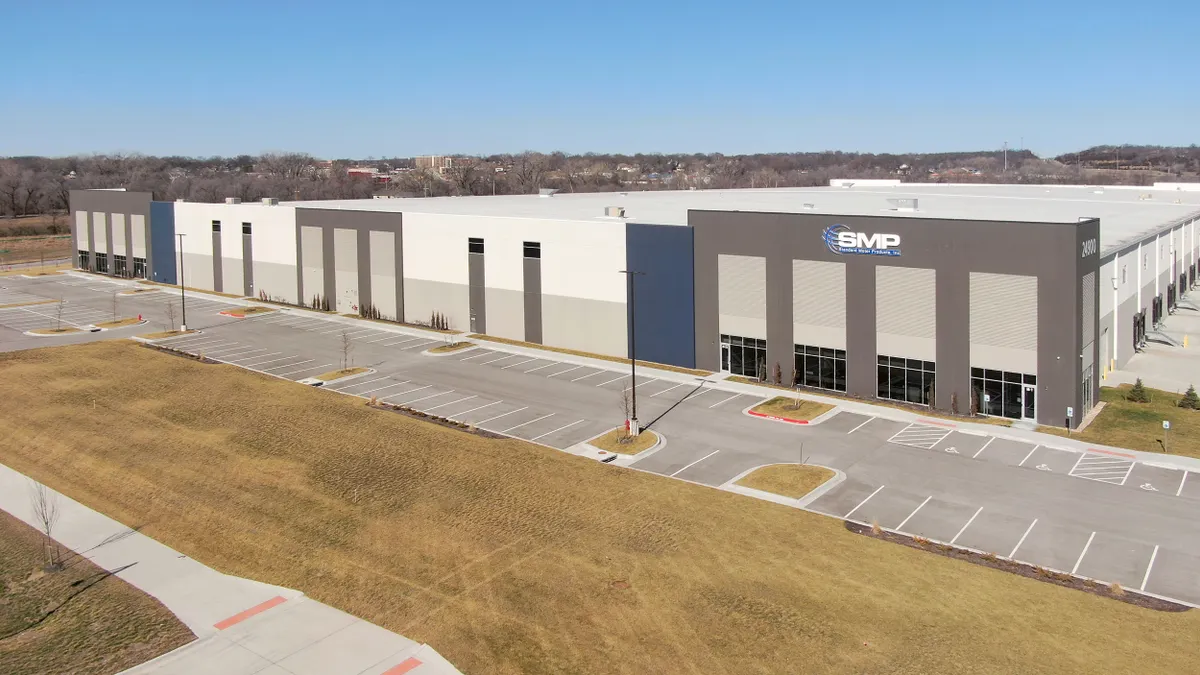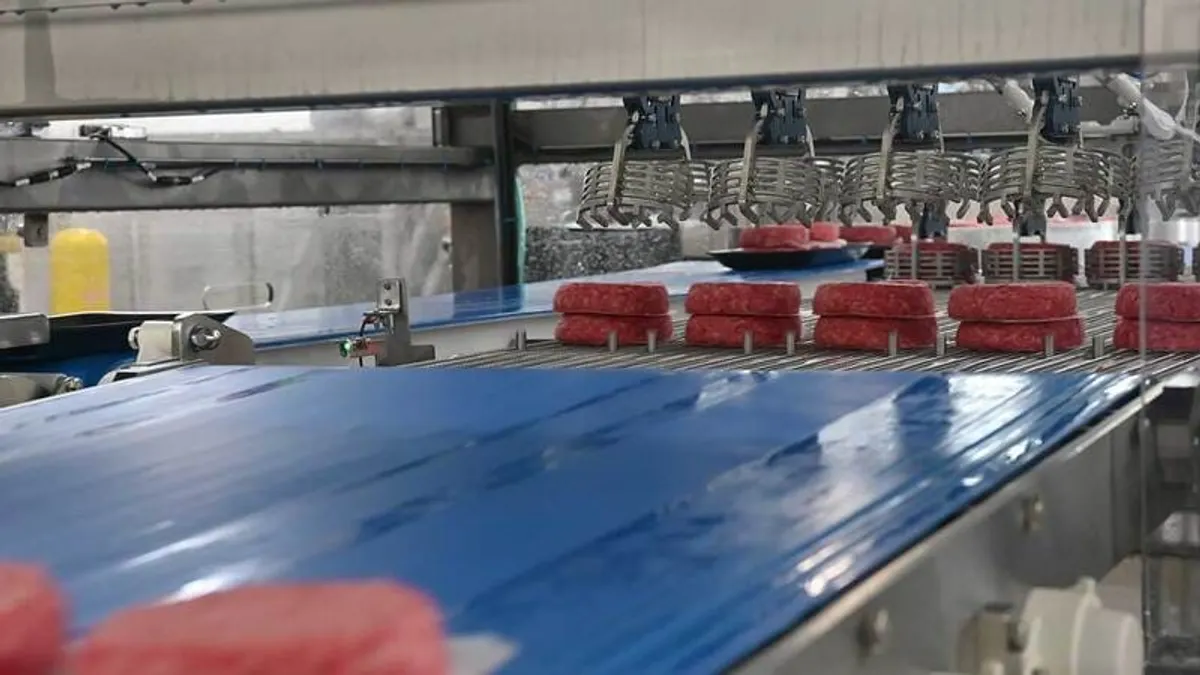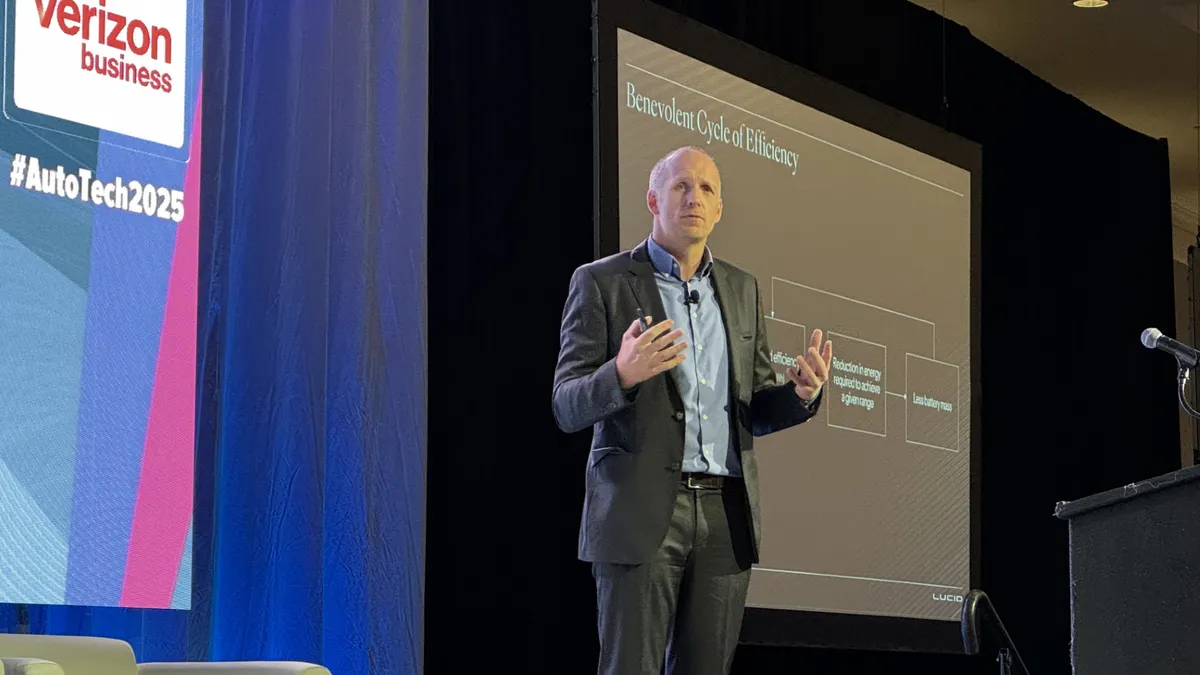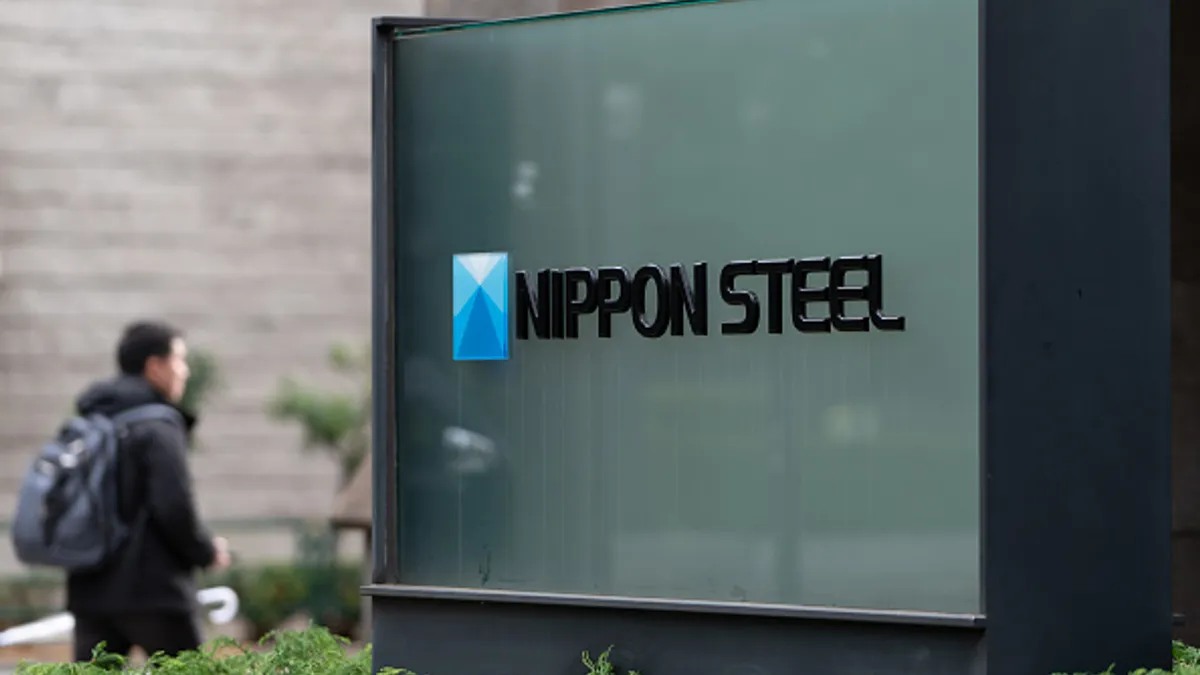Manufacturers are increasingly turning to digital twin technology to beef up operations and improve their supply chains.
Digital twins technically date back to at least the 1960s — when NASA was experimenting with virtual models during the Apollo program. Thanks to increasingly powerful sensors and software packages in recent years, manufacturers can now take advantage of the technology, too, and create live digital models of their products, machinery and even their manufacturing floors.
The idea behind digital twins is to save money and time. With these virtual simulations, manufacturers can experiment with new product designs, plan factory expansions and trial different machinery parts by using digital recreations first, which is often easier and faster, said Gary Fedder, a professor of electrical and computer engineering at Carnegie Mellon University.
“One can do basically virtual experiments to understand: How do you make the factory more efficient?” Fedder said. “The reason that's super important is that usually translates into a lot of money.”
Once implemented, these systems can have enormous benefits, including assisting with preventative maintenance, improving factory efficiency and even boosting cybersecurity, according to the National Institute of Standards and Technology.
Digital twins can also improve a company’s supply chain operations by allowing manufacturers to test different digital representations of equipment layouts, as well as model different production outputs based on changes in demand, said Patrick Penfield, a supply chain practice professor at Syracuse University.
Implementing one of these systems is an investment. Manufacturers may need detailed measurements of different parts if they’re using digital twins to design products, according to Fedder. If a digital twin is meant to represent an assembly line, a manufacturer may need a wide array of sensors and corresponding network to gather data from the real-life assembly line.
Leading companies put digital twins to use
A growing number of companies, including Microsoft and IBM, are now selling digital twin software packages to help manufacturers implement this approach. But the cost of installing one of these systems can start in the hundreds of thousands, Penfield said, and there can be a long process of trial and error before the system works properly.
Lockheed Martin has started using digital twin technology to model parts used on the wing lines of its F-35 planes, said Jan de Nijs, who works on digital twins as a fellow at the company. Right now, parts arrive in standard sizes, but the “real” size needed for installation can vary — which can create problems during assembly. The company is now using digital representations of these pieces to simulate assembly and speed up the process of measuring parts individually.
That approach can also reduce the need for metal shims, which are used to fill in loose space between various components that don’t perfectly fit together.
“One can do basically virtual experiments to understand: How do you make the factory more efficient? The reason that's super important is that usually translates into a lot of money.”

Gary Fedder
Electrical and computer engineering professor, Carnegie Mellon University
“We’ve proven that the fundamental technology could work and that could really, really speed up assembly. People complete assemblies together quicker, more efficiently, and more to our customers’ specifications,” said de Nijs. “The benefits are humongous if we can get this done.”
The company is also using digital twins for other applications, like test flying vehicles and programming its robots, de Nijs added.
There are other ways to deploy the technology, like tracking for abnormalities in a production line and improving cybersecurity protections. Bosch, the appliance maker, uses Microsoft’s digital twin technology to track the performance of its electric motors. And General Motors has worked with GE to use a digital twin to mimic factory floors and test new technologies.
There’s also growing interest in using the technology to support supply chain operations. Kraft Heinz, for example, is using digital twins to improve its supply chain and — through automation — modulate production priorities more efficiently. At a factory in Brazil that manufactures laundry, Unilever is using digital twin technology to replace certain physical trials of new product formulations, while also using machine learning to predict how orders should be allocated and transported.
But there are still challenges — especially for applying the technology to the supply chain.
“The issues on the lack of adoption by many manufacturers is upfront cost of buying the software,” Penfield said. “The complexity of the software itself and finding people who can manage and operate this type of technology within manufacturing processes.”
This should get easier, Fedder explained, as suppliers move to standardize the software and measurements they use to represent their parts and factory equipment virtually. This will allow companies to better understand how all the aspects of their operation fit together, and eventually, build an even richer digital twin.
“There is a lot of bespoke work in developing the core of the digital twin, really the modeling and then also taking data,” Fedder said. “You need a few brainiacs to do this right now. The goal is: downstream, can we make this as easy as using a cell phone?”


